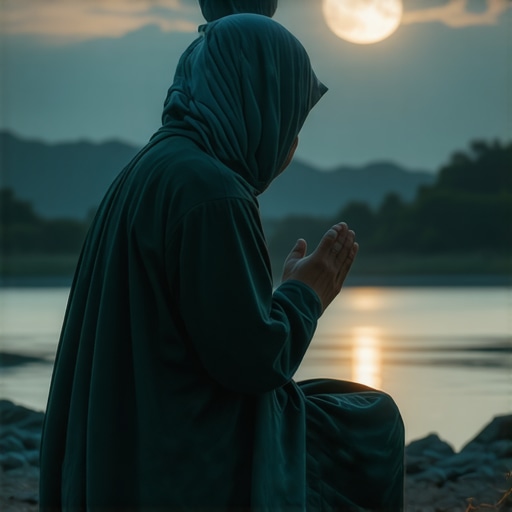Importance of Piety in Dreams Islam: Recognizing Sacred Signs & Divine GuidanceImportance of Piety in Dreams Islam: Recognizing Sacred Signs & Divine Guidance
My Personal Journey into the Sacred World of Dreams and Piety Ever since I can remember, dreams have held a special place in my spiritual life. I vividly recall a

